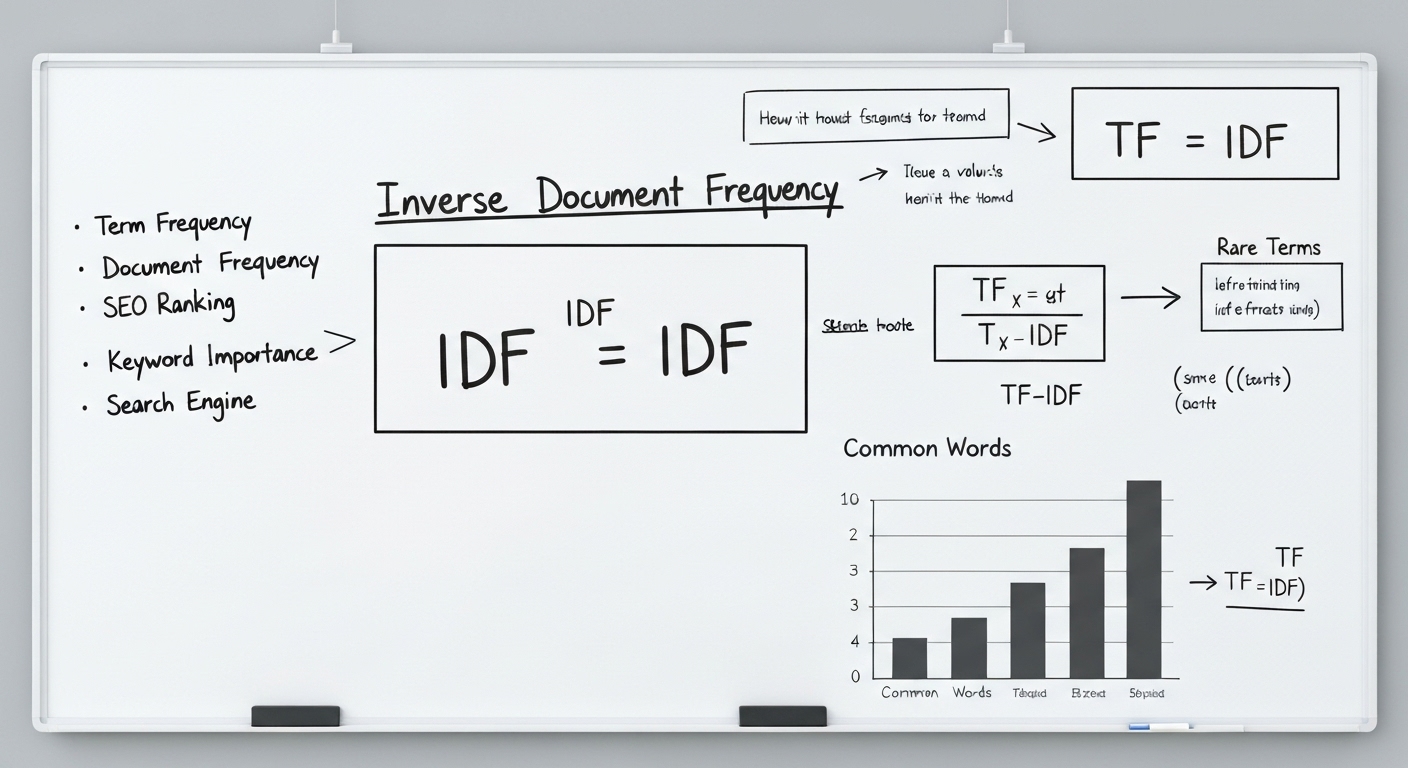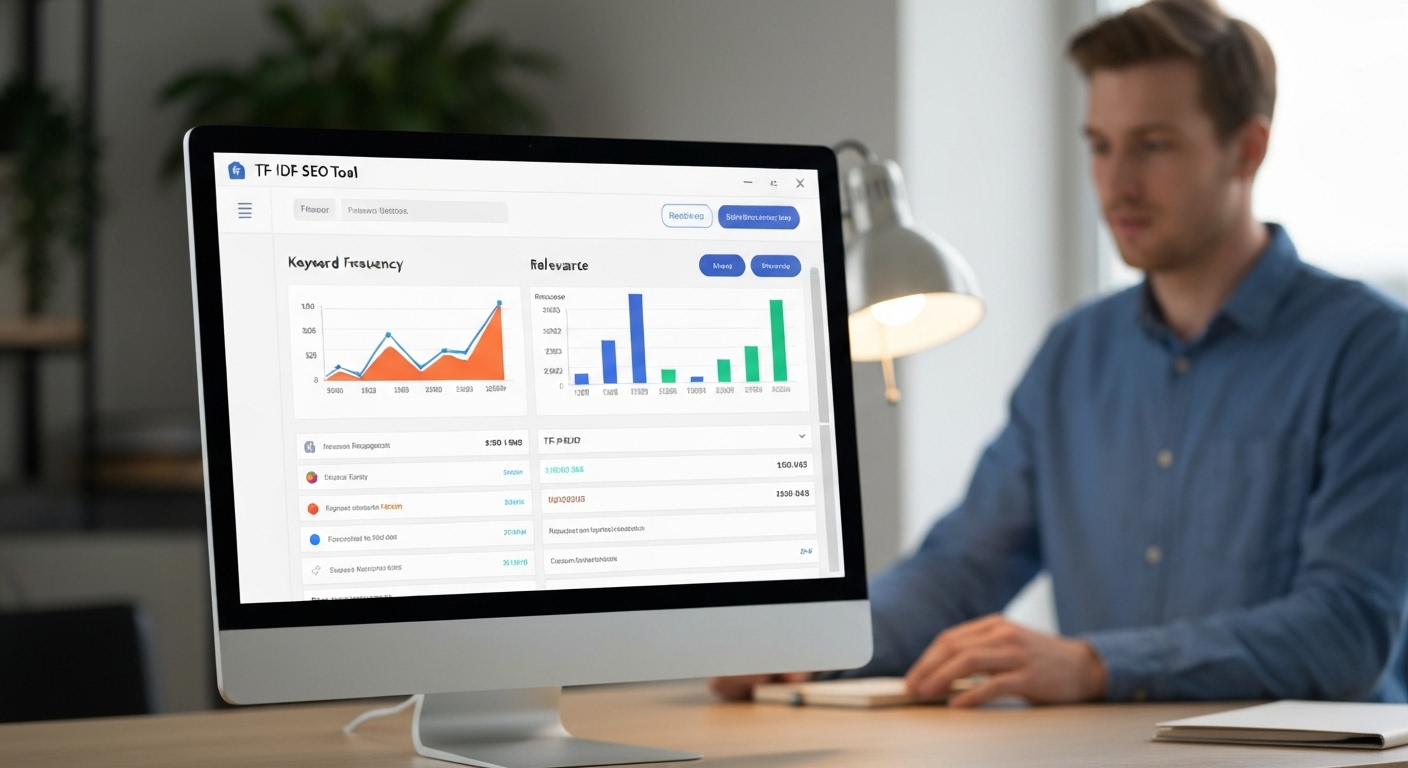What is TF – IDF in SEO ? A Comprehensive Guide
What is tf-idf in seo? It’s a crucial algorithm in search engine optimization, helping to understand the relevance of words within a document compared to a collection of documents (corpus). Let’s dive deep into this concept and see how you can leverage it to improve your SEO strategy.
Understanding Term Frequency (TF)
Term Frequency (TF) measures how frequently a term appears within a document. The higher the frequency, the more important that term might seem to be to that specific document. The formula is simple: TF(t) = (Number of times term t appears in a document) / (Total number of terms in the document).

Calculating Term Frequency
Imagine a document with 100 words, and the word “SEO” appears 5 times. The term frequency (TF) for “SEO” in that document would be 5/100 = 0.05. This raw count is then often normalized to prevent bias towards longer documents.
Understanding Inverse Document Frequency (IDF)
Inverse Document Frequency (IDF) measures how important a term is across a collection of documents. It diminishes the weight of terms that occur very frequently in the document set and increases the weight of terms that occur rarely. The formula is: IDF(t) = log_e(Total number of documents / Number of documents with term t in it).

Calculating Inverse Document Frequency
Suppose you have 1,000 documents, and the word “SEO” appears in 100 of them. The IDF for “SEO” would be log(1000/100) = log(10) = 1 (assuming base 10 logarithm). A higher IDF indicates that the term is more unique or important across the corpus.
What is TF-IDF for SEO? Putting it All Together
TF-IDF combines Term Frequency and Inverse Document Frequency to evaluate the importance of a word in a document relative to a collection of documents. It’s calculated by multiplying TF and IDF: TF-IDF = TF * IDF.

How TF-IDF Impacts Keyword Ranking
Search engines use TF-IDF to understand the context and relevance of a page. A high TF-IDF score for a keyword suggests that the page is highly relevant to that keyword, which can positively impact keyword ranking. By understanding what is tf-idf in seo, you can strategically optimize your content.
Applying TF-IDF for Content Optimization
Now that you understand what is tf-idf in seo, let’s explore how you can use it to optimize your content:
- Keyword Research: Identify relevant keywords with good search volume and intent.
- Content Creation: Create high-quality, informative content that naturally incorporates these keywords.
- TF-IDF Analysis: Analyze your content and competitor content using TF-IDF tools to identify opportunities for improvement.
- Content Optimization: Optimize your content by incorporating relevant terms and phrases that have high TF-IDF scores.
Using TF-IDF Tools for SEO
Several tools are available to help you perform TF-IDF analysis. These tools analyze your content and compare it to top-ranking pages for your target keywords, identifying terms that you may be missing. Some popular tools include Surfer SEO, SEMrush, and Ahrefs. These tools help you refine your seo content strategy.

The Role of TF-IDF in Semantic SEO
Semantic SEO focuses on understanding the meaning and context behind search queries. TF-IDF plays a crucial role in semantic SEO by helping search engines understand the relationship between words and concepts. It’s important for building a strong seo strategy.
Beyond Keywords: Latent Semantic Indexing (LSI)
LSI, or Latent Semantic Indexing, is closely related to TF-IDF. LSI goes beyond simple keyword matching to understand the semantic relationship between terms. By using LSI keywords, you can enhance your content’s relevance and improve its chances of ranking higher.
Best Practices for TF-IDF in SEO
To effectively use TF-IDF for SEO, consider these best practices:
- Focus on Quality: Prioritize creating high-quality, informative content that provides value to your audience.
- Natural Language: Avoid keyword stuffing. Use keywords naturally within the context of your content.
- Context is Key: Ensure that your content is relevant to the search query and provides a comprehensive answer.
- Regular Updates: Keep your content fresh and updated with the latest information.
Avoiding Keyword Stuffing
While TF-IDF helps you identify relevant keywords, it’s crucial to avoid keyword stuffing. Overusing keywords can negatively impact your ranking and user experience. Aim for a natural and balanced approach.
The Future of TF-IDF in SEO
As search engines continue to evolve, TF-IDF will likely remain an important factor in determining content relevance. However, it’s just one piece of the puzzle. Other factors, such as user experience, backlinks, and domain authority, also play significant roles. The importance of natural language processing is constantly growing.
Combining TF-IDF with Other SEO Techniques
For optimal results, combine TF-IDF with other SEO techniques, such as:
- Link Building: Acquire high-quality backlinks from authoritative websites.
- Technical SEO: Ensure your website is technically sound and easy for search engines to crawl and index.
- User Experience (UX): Provide a positive user experience with fast loading times, mobile-friendliness, and easy navigation.
Conclusion: Mastering TF-IDF for Better SEO
Understanding what is tf-idf in seo is essential for any SEO professional. By using TF-IDF effectively, you can create content that is highly relevant to search queries and improve your chances of ranking higher in search results. Remember to focus on quality, natural language, and a holistic SEO strategy.
For further reading on SEO best practices, consider visiting searchenginejournal.com.
For information on how to use TF-IDF in your cloud strategy, consider visiting flashs.cloud.
HOTLINE
+84372 005 899


